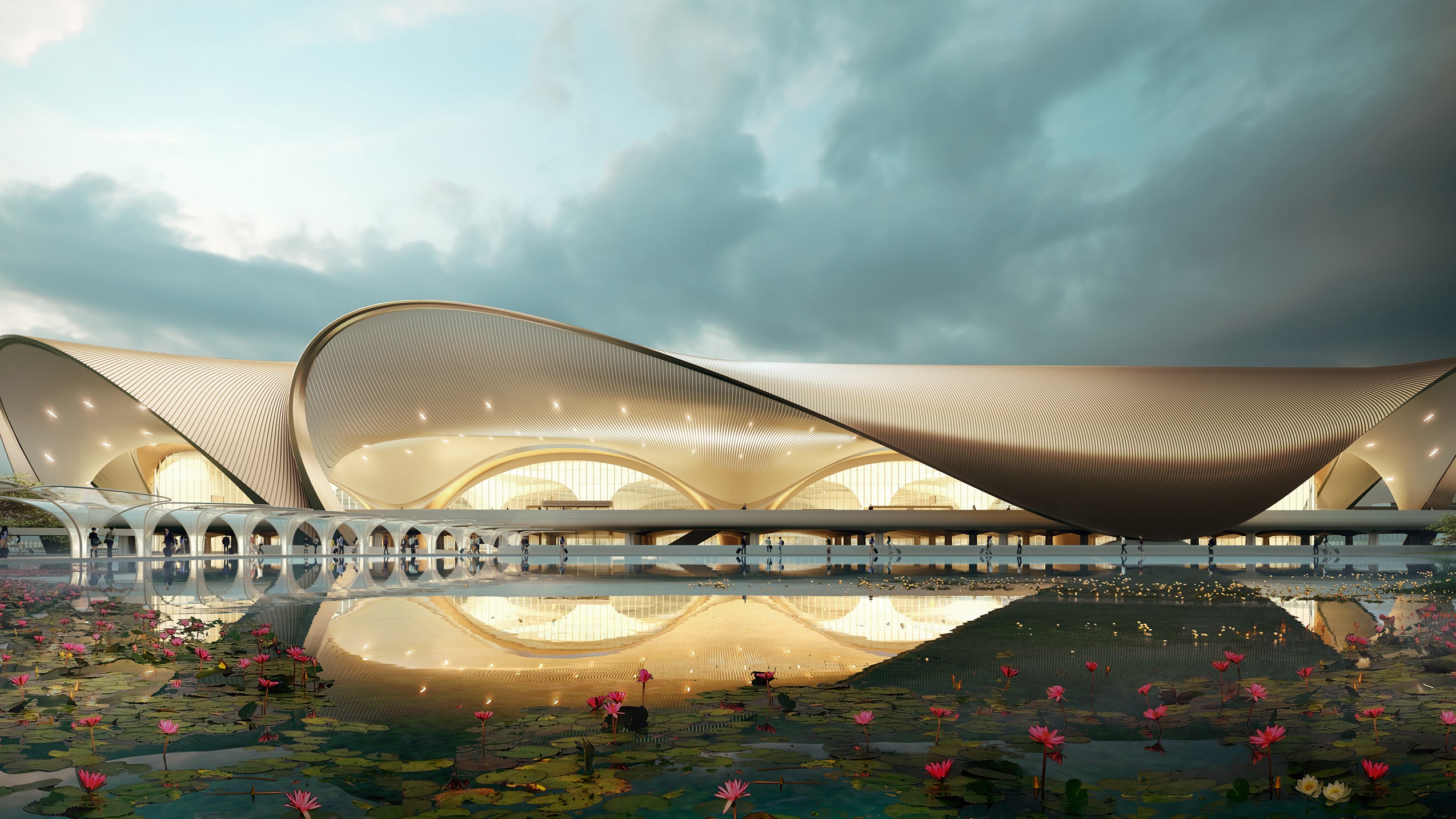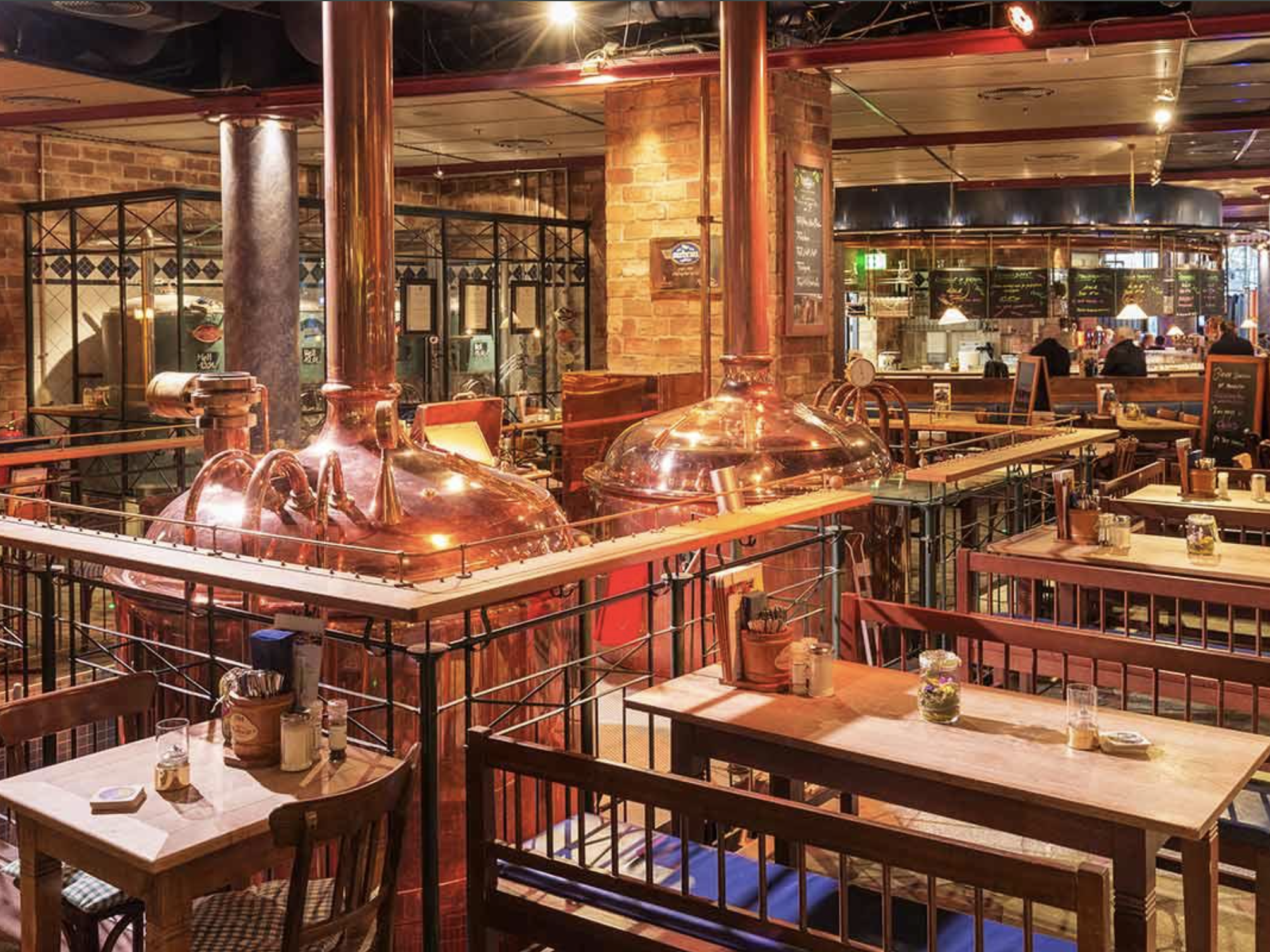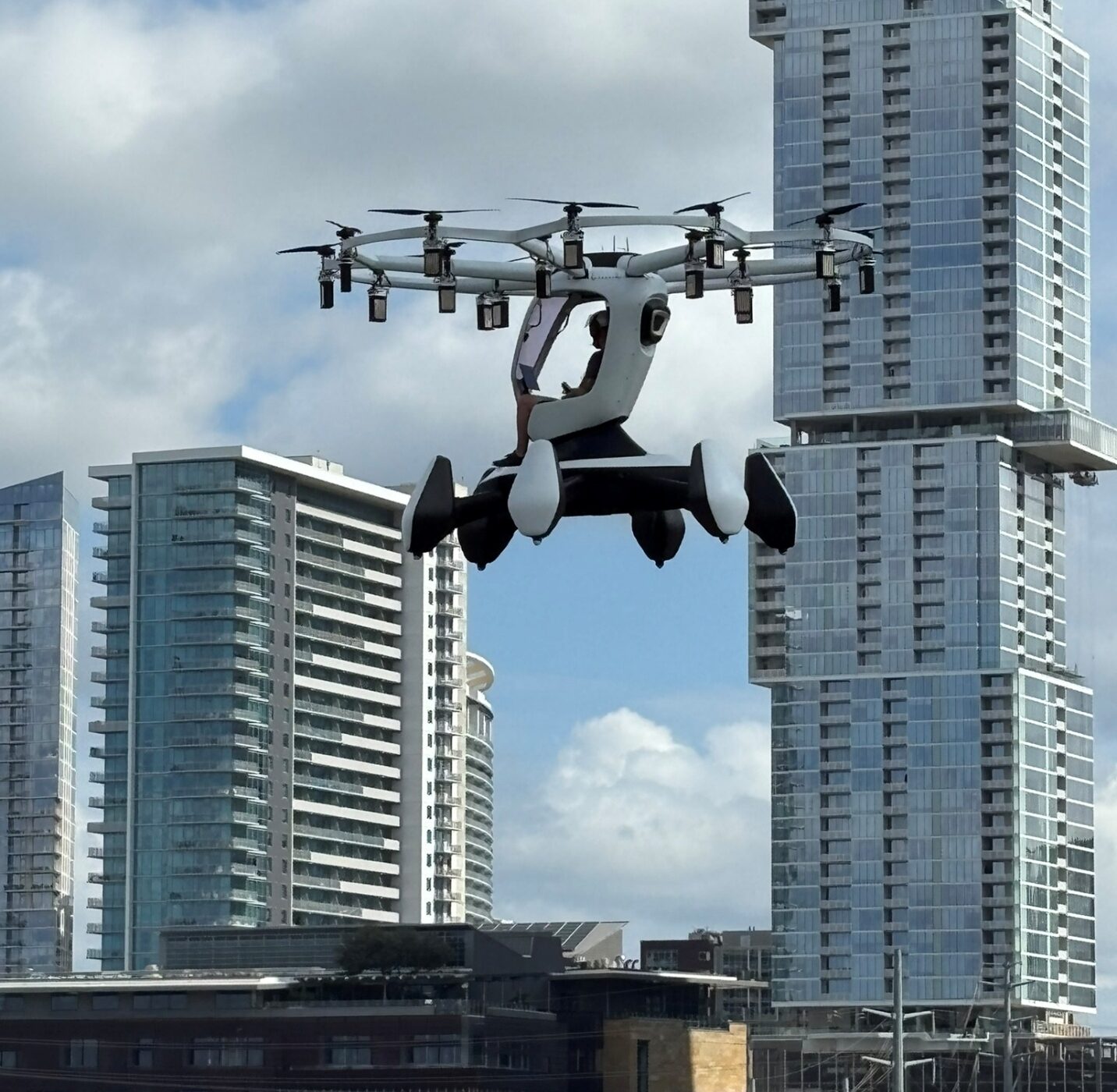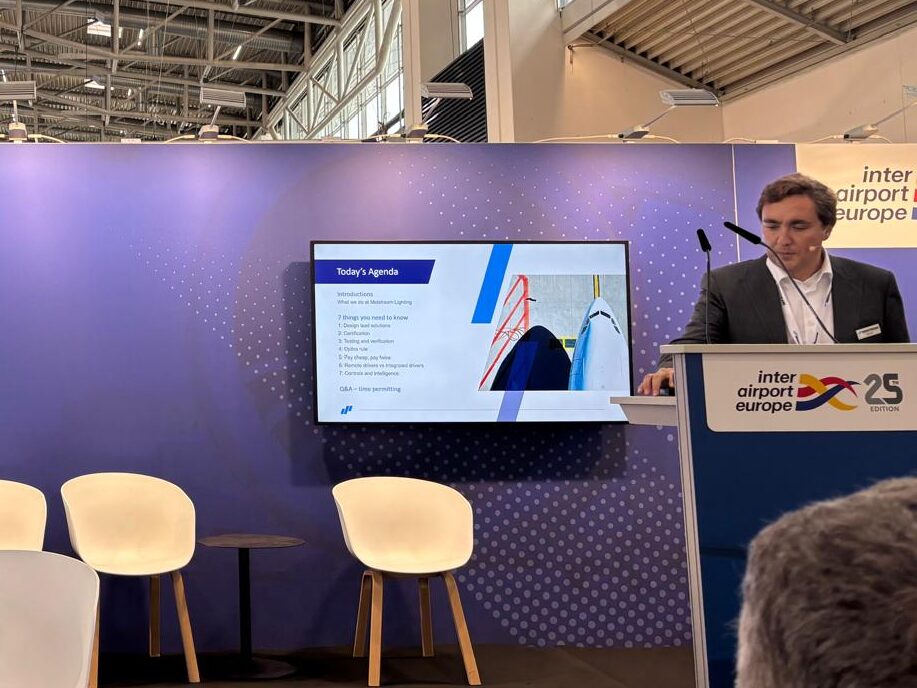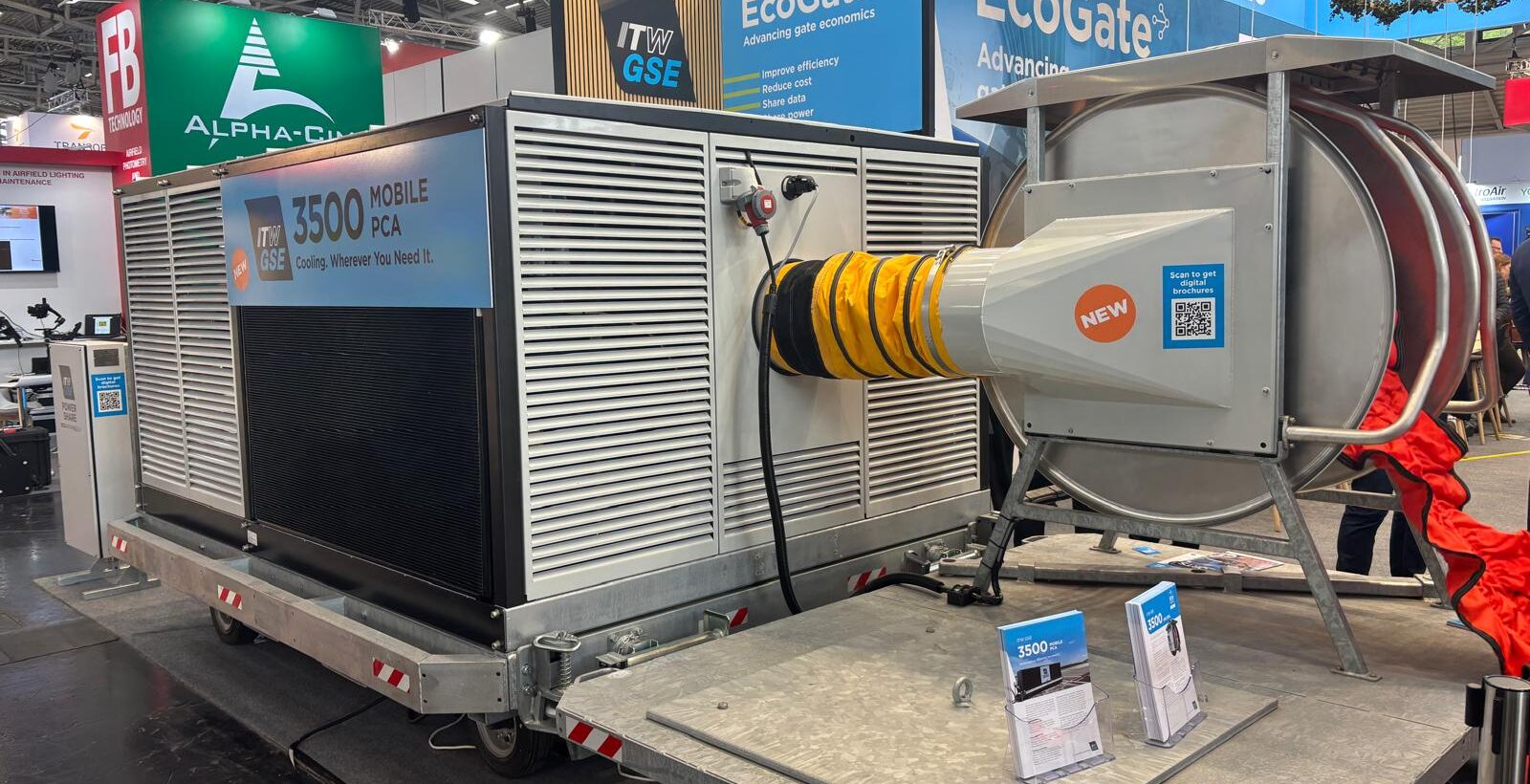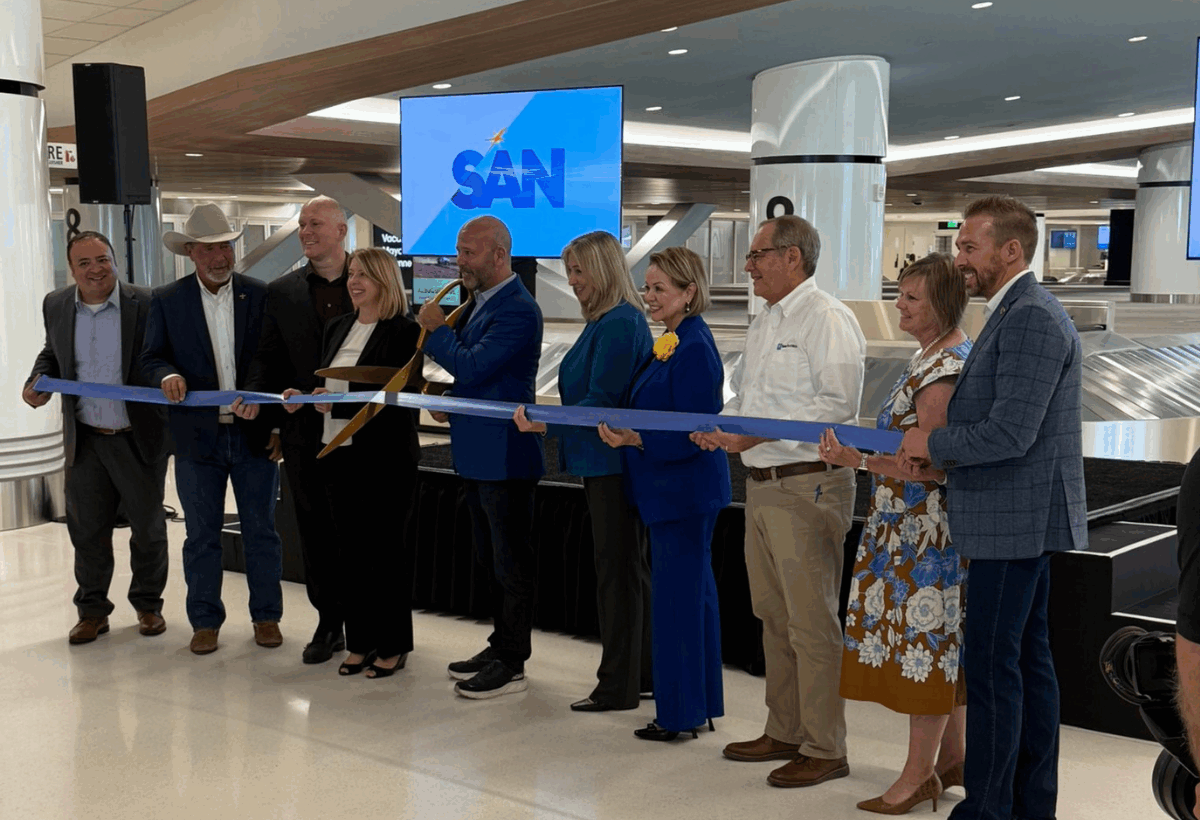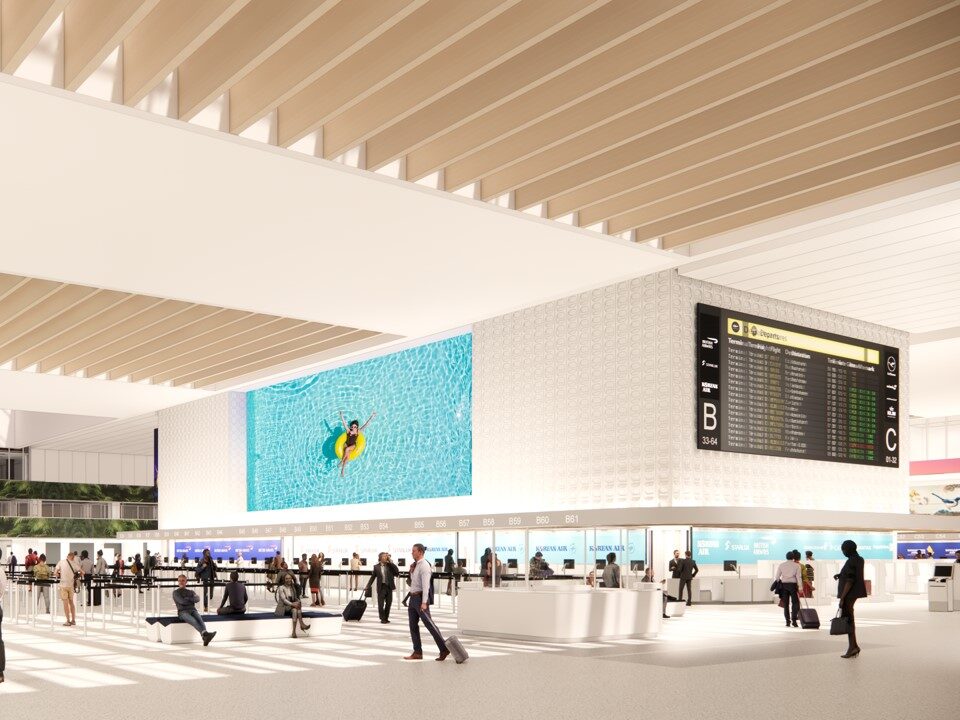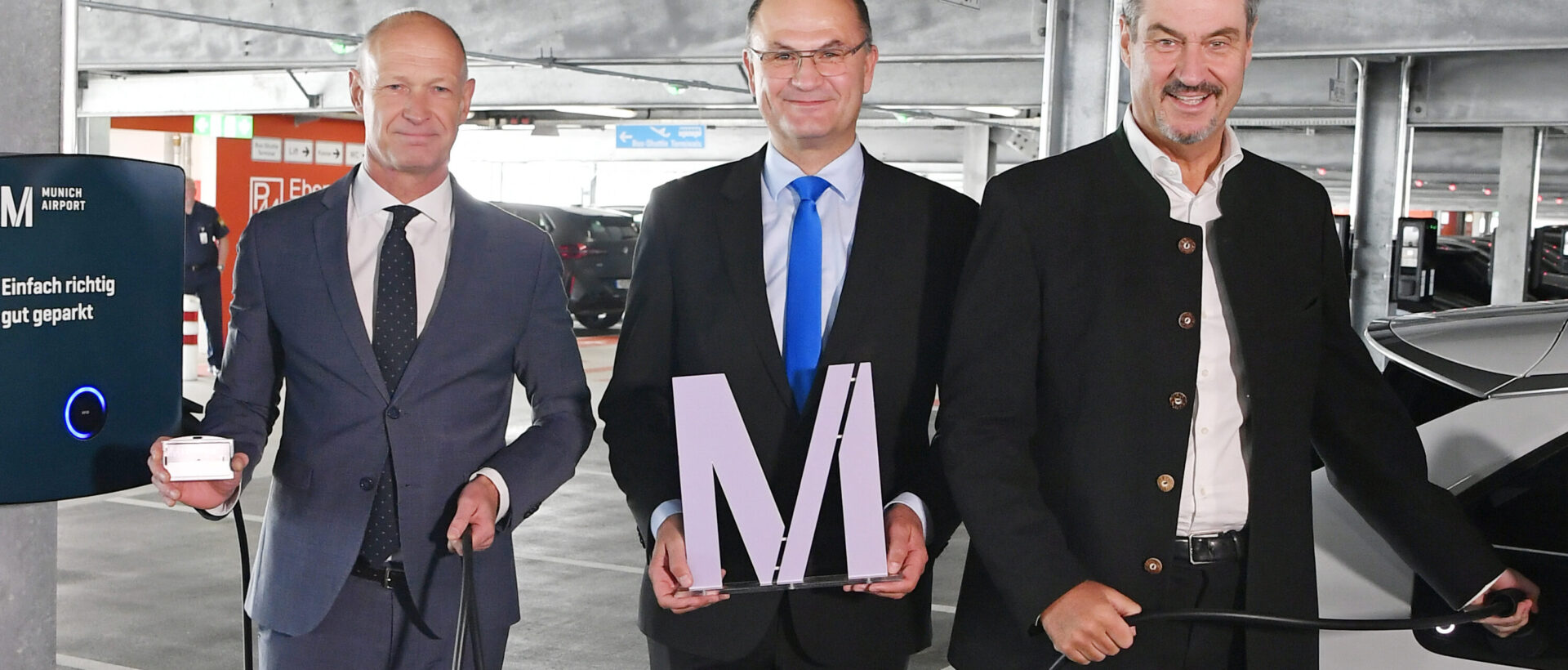Earlier this week, I was invited to come and take a sneak peek at Munich Airport’s (MUC) brand-new Terminal 1 building expansion.
So, as I was due to be in the city for this year’s Inter Airport Europe show, it was simply an offer I could not refuse.
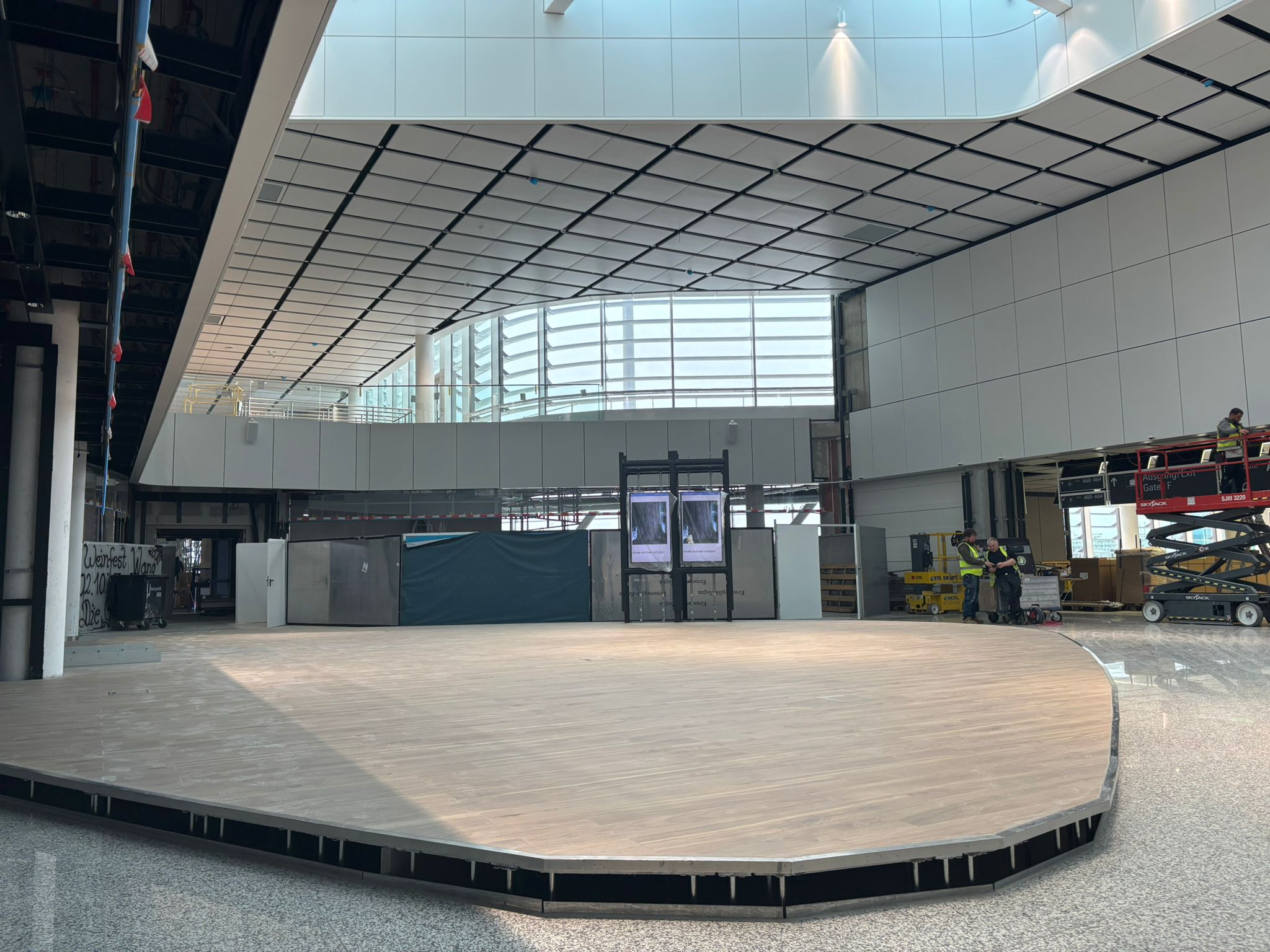
First announced in 2016, work officially began on the new 665 million EUR expansion in April 2019. The development predominantly focuses on the construction of a new pier that aims to provide a smoother handling experience for non-Shengen traffic from operators such as Emirates, Etihad Airways, American Airlines, Delta Airlines, Catahy Pacific and Qatar Airways, as well as a general passenger handling capacity of up to 6 million passengers per year.
The expansion, which once complete is set to span roughly 360 metres in length (or 95,000 square metres in total area size), will also allow for the accommodation of up to six wide-body aircraft, or 12 small aircraft, at any given time. Each gate will be capable of handling up to two small flights or one large flight at any given time.
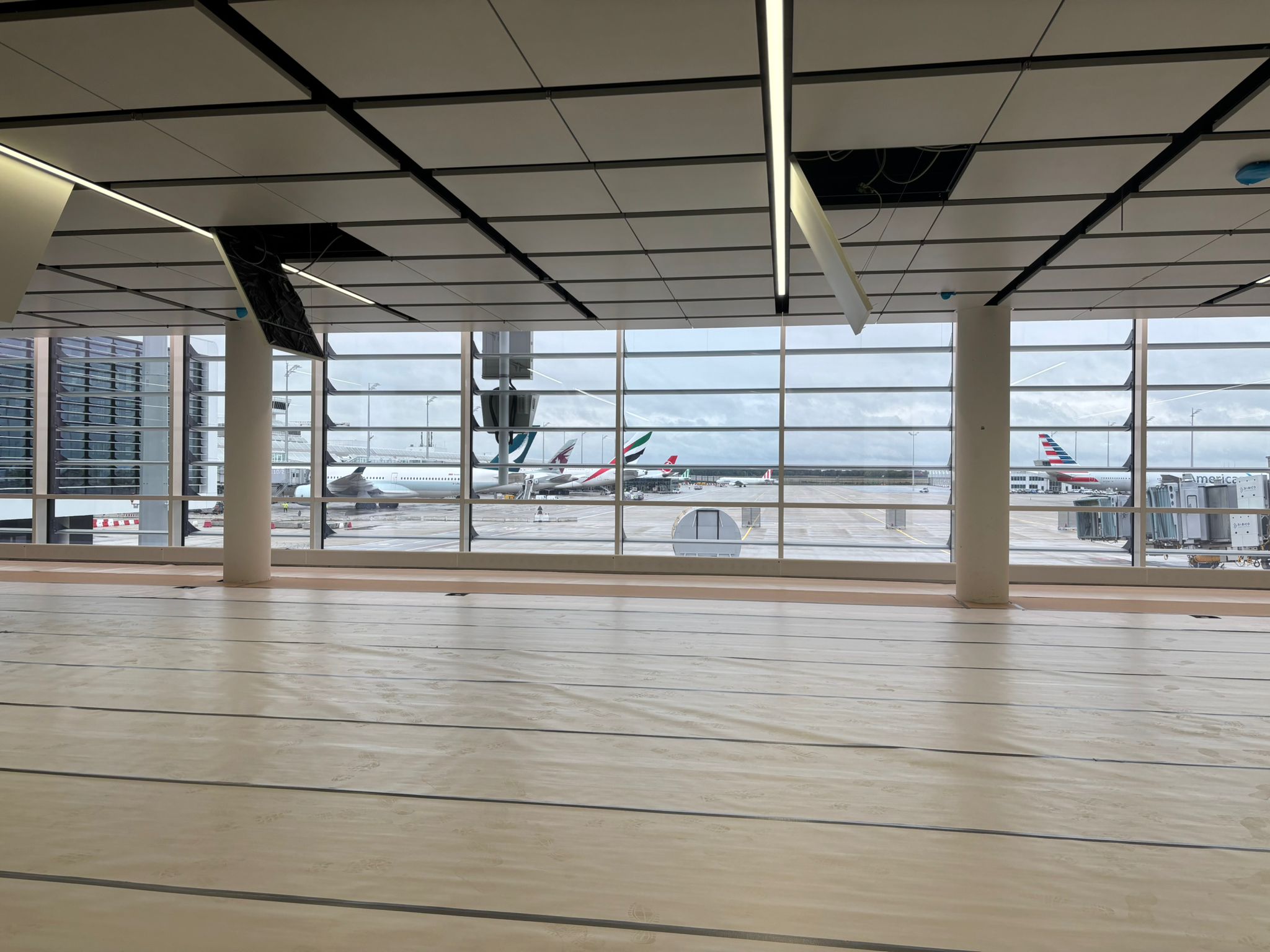
Despite delays due to the COVID-19 pandemic; progress is steady, with the site currently on schedule to be opened during the first half of 2026. All across the building, construction workers are hard at work, either installing new lighting structures, building entirely new rooms or simply lining insulation.
Future staff are now undertaking what is referred to as ‘familiarisation training’, which introduces those who will use the airport to routes, operational practices and generally gives future users a chance to become acquainted with the space.
In total, 1,600 test passengers will be required to test the new pier in the lead up to its grand opening next year.
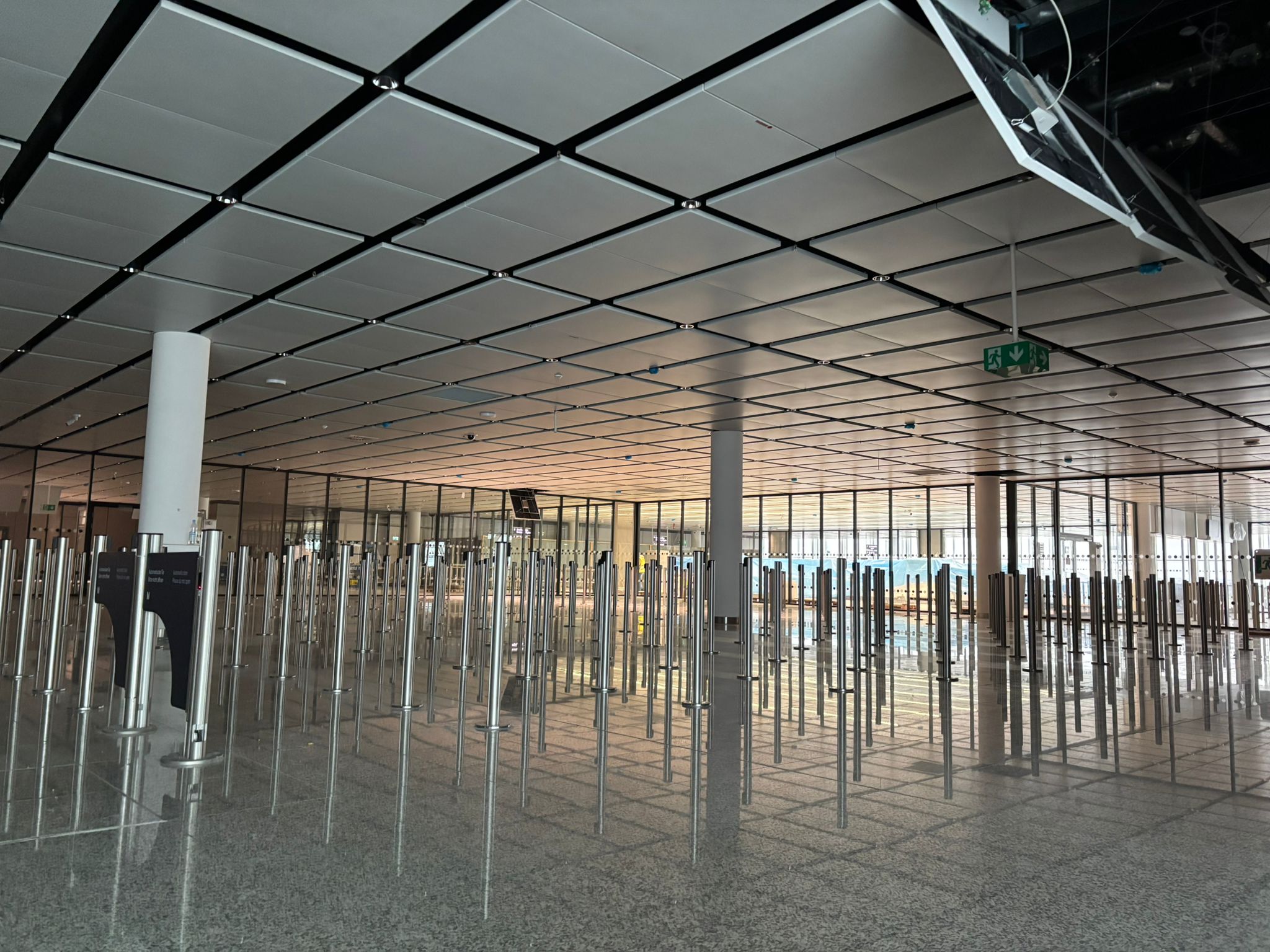
The need for an update was reiterated by Bavarian finance minister and chairman of the Munich Airport Supervisory Board, Albert Füracker. During the announcement of the expansion in 2016, Füracker stated that “[Munich Airport’s] terminal was opened in 1992 and was designed to meet the very different needs of that time. With the changes, T1 will be ready for tomorrow’s very specific air travel requirements.”
Guided by two members of the Munich Airport team; it’s clear to see that the pier is more than just taking shape: it’s forming its own identity, much like the now relatively ‘tight’ Terminal 1 itself. It’s easy on the eyes, clear, modern and provides the space the airport has been crying out for since the 1990s.
The new pier has, effectively, been ‘bolted’ onto Terminal 1’s existing structure, and extends into the airport’s west apron beginning at module B, creating the necessary space to accommodate either aforementioned wide-body- or smaller-aircraft.
From the outset it’s abundantly clear where old ends and new begins; with the pier’s striking architecture forming not just an expanded area but a bridge to the modern world and, in some sense, the airport’s future.
The expansion has been aided by the airport’s consulting subsidiary – Munich Airport International (MAI) – which has, for the first time, been supporting ORAT (Operational Readiness, Activation, and Transition) processes at its home airport following its formation in 2017.
In fact, the subsidiary’s very existence can be traced back to the move of Munich Airport in 1992 – which saw operations moved from the city centre Riem to its current site overnight. The expertise from this move was then used to form a new group that provides support for ORAT processes across the globe, including preparations for the reopening of Doncaster Sheffield Airport (DSA) in collaboration with FlyDoncaster and FP Airports.
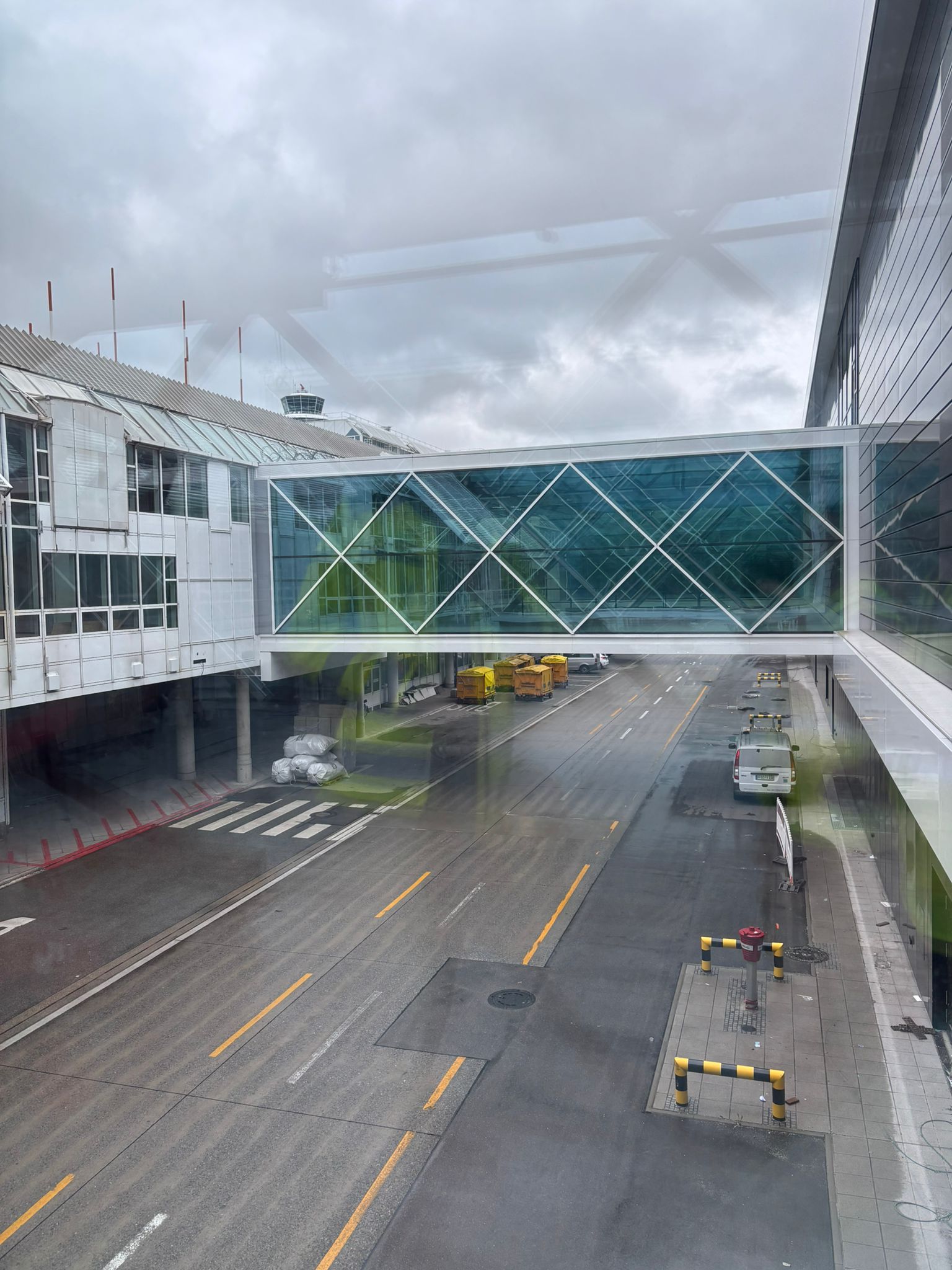
Once operational, all Terminal 1 non-Schengen traffic will utilise the new pier, with a number of limited connections possible airside.
A new area is also being constructed to serve as the pier’s central entrance and exit to the building, with the final design set to include a total of four new bridges connecting to the existing Terminal 1 building.
Most recently, the project saw the delivery and installation of 13 new passenger boarding bridges for the main boarding gate, with technical integration and planned commissioning of the new bridges set to be completed during Q4 2025 ready for full project finalisation by 2026.
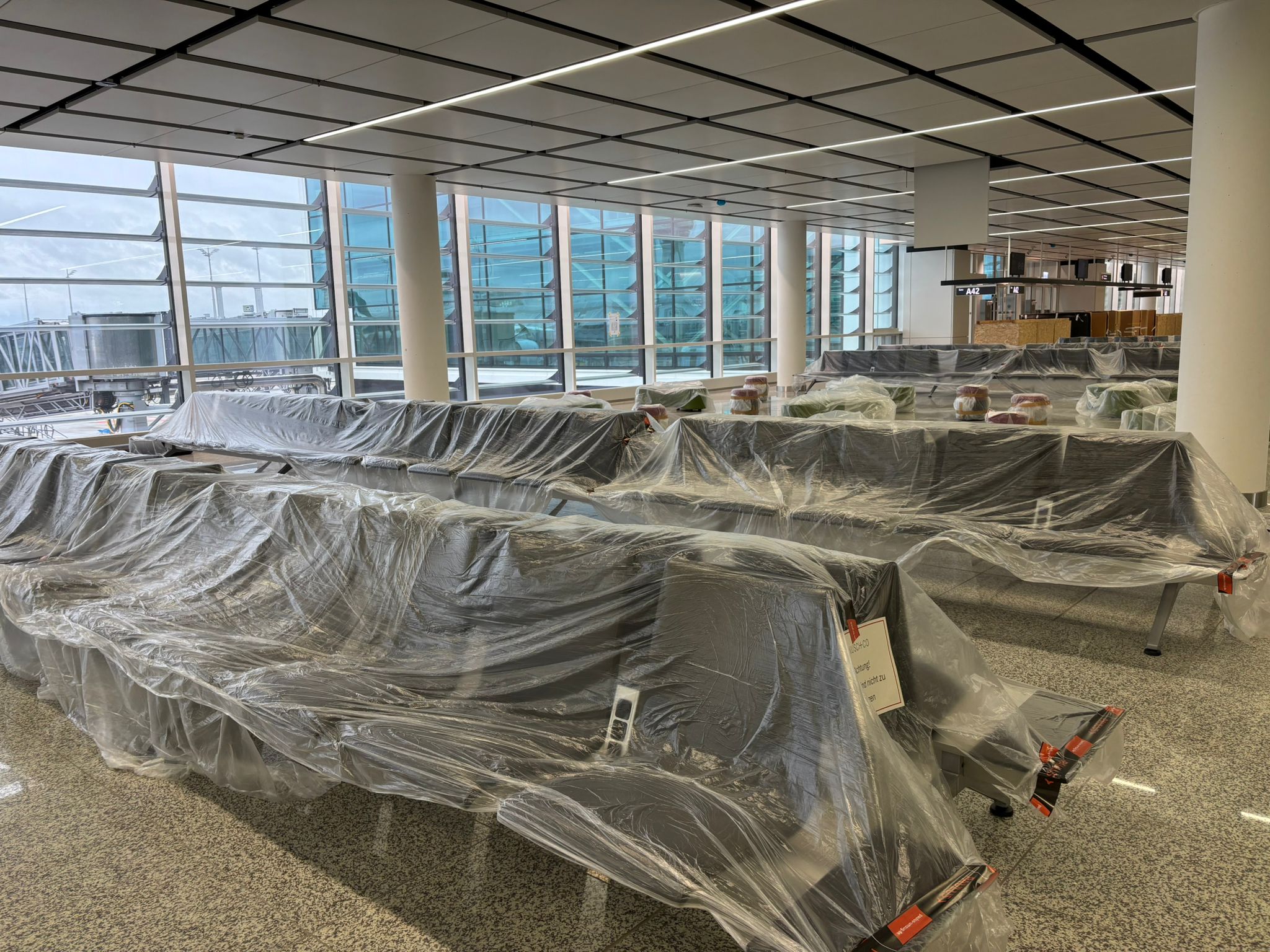
Once complete; the pier is set to feature two brand-new lounges; a two storey lounge operated by the airport itself and one Emirates Lounge, both accessable via the central market place on level 4.. Passengers will also be able to experience the airport’s first walk-through duty free shop, which will become the biggest duty-free area on site.
A total of four new baggage carousels have been installed within the pier, increasing the available capacity in the existing Terminal 1 building.
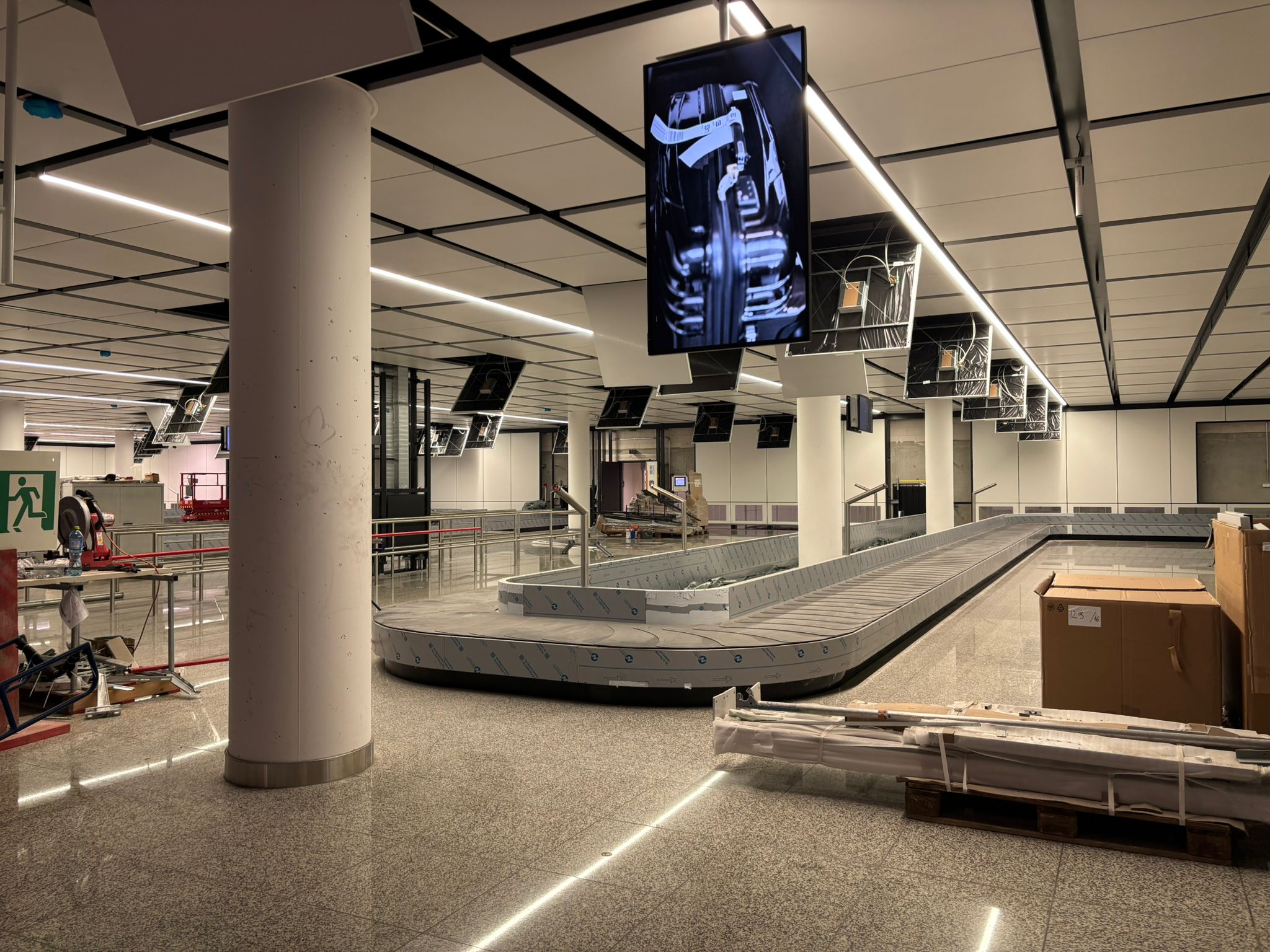
Once operational, check-in will remain within Terminal 1’s current structure. The pier will also feature 10 new CT security scanners, enabling a faster experience for passengers travelling through the airport.
It’s clear to see that, following a comprehensive construction and development period, the new pier will provide everything that a premium, state-of-the art airport requires. It’s spacious, comprehensive, modern and provides a bridge from the past so encompassing that it’s difficult not to get swept up in it all. It’s a very rare opportunity to be offered a glimpse into the future of such a crucial piece of infrastructure, let alone one so driven by familial spirit and genuine excitement. Here’s to 2026!



